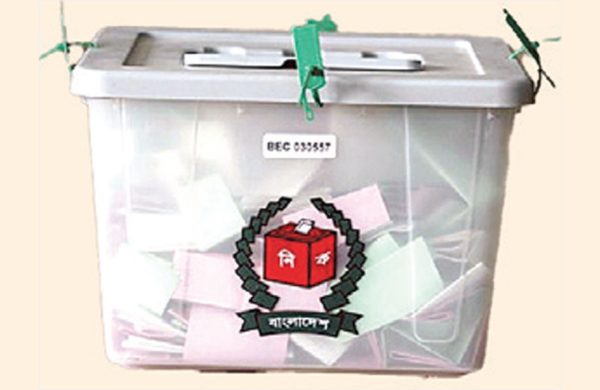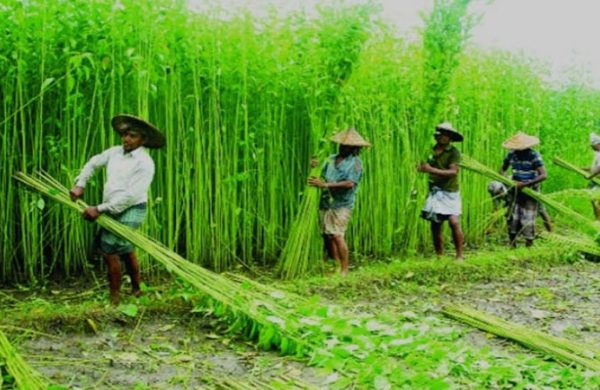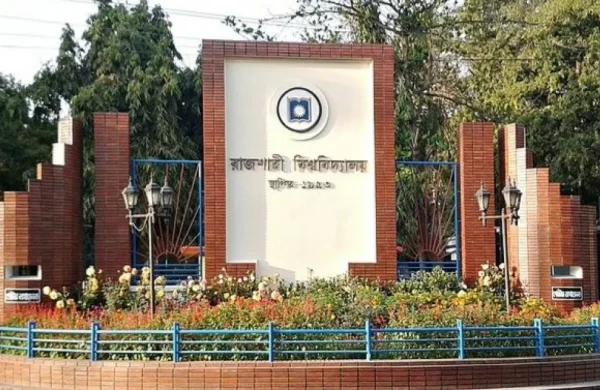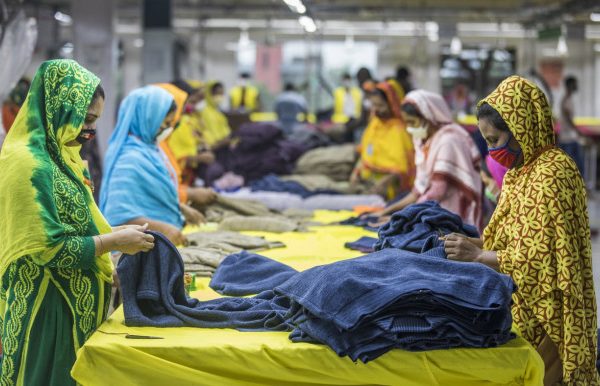Climateflation: How Food Prices Becoming a Disaster in Real Time
- Update Time : Thursday, September 4, 2025

–Dr Shahrina Akhtar—
Bangladesh, as a climate-vulnerable country, faces a growing economic challenge, named climateflation. Unlike traditional inflation, climateflation stems directly from climate-induced disruptions in agriculture.
Recurrent floods, cyclones, droughts and erratic rainfall damage crops, reduce yields, and trigger price hike in essential food commodities. For low-income households, who spend 60–70% of their income on food, these rising costs are unbearable.
Families are often forced to make difficult trade-offs between food, education and healthcare. Climate change has thus shifted from a distant environmental concern to a lived economic reality, quietly worsening poverty, malnutrition and nationwide food insecurity.
Bangladesh’s agriculture is highly sensitive to climate variability due to its geography, hydrology and socio-economic conditions. The country’s 1,47,000 square kilometres consist of low-lying delta plains, floodplains, coastal areas and river basins, creating diverse climate and soil conditions.
Nearly 80% population depends on farming directly or indirectly, yet the sector operates within a narrow margin of climate tolerance. Floods in delta plains can submerge paddies for weeks, slashing yields and destroying seed reserves. Cyclones devastate standing crops, erode soil fertility, damage irrigation systems, and destroy transportation networks.
In 2024, severe floods wiped out over 1.1 million metric tons of paddy, pushing its prices in Dhaka and Chattogram up by more than 15%. Low-income households in Barisal and Khulna also experienced acute shortages of vegetables and lentils.
These events highlight that climate variability is not a temporary disruption but a structural factor, destabilising markets, household livelihoods and national food supply.
Burden on the Poor: The human toll of climateflation is profound, especially for those earning less than $2 per day.
Retail rice prices surged 15-20% during extreme weather events, while lentils and vegetables increased by 12-18%, compelling them to reduce portion sizes and substitute nutrient-rich foods with cheaper staples.
A 2023 survey by the Bangladesh Institute of Development Studies found that 42% of low-income households limited dietary diversity during high-price periods, contributing to a 15% rise in stunting among children under five in affected districts.
After disaster, rural families often sell crops at below-market rates and repurchase essentials at higher prices, leaving 1.3 million households trapped in cycles of debt and food insecurity. Women experience heightened stress and workload, while children frequently miss their schools.
In some flood-prone areas of Jamalpur and Patuakhali, households reported skipping two meals a week during the 2024 floods, exacerbating malnutrition and child vulnerability. These cascading effects demonstrate that besides economy, climateflation also affects nutrition, education, health and overall well-being.
FOOD MARKET DYNAMICS: Climateflation operates through complex market mechanisms. Extreme weather events reduce the supply of staple foods while demand remains relatively constant, generating sharp, localised price spikes.
Damaged transportation and logistics networks exacerbate shortages by preventing efficient movement of food from surplus to deficit regions. Following the 2024 floods, wholesale rice prices in Barisal and Khulna were 20-30% higher than in unaffected areas, illustrating how localised climate impacts can ripple across national markets.
Moreover, climateflation affects consumption patterns and labour markets. Farmers are forced to delay planting or sell crops prematurely, while urban consumers face price hikes. The resulting volatility also places pressure on social protection systems, highlighting the multi-dimensional nature of the crisis.
STRENGTHENING RESILIENCE: Research by Bangladesh Rice Research Institute (BRRI) shows that flood-and drought-tolerant rice and wheat varieties increase yields by 20-35% even under extreme conditions.
Coastal pilot projects demonstrate that floating vegetable gardens improve crop survival by 60-70% during prolonged inundation. Livelihood diversification, through small-scale poultry, aquaculture and handicrafts, enhances income stability by 30-40% during high-food-price periods.
Community-based early warning systems reduce disaster-related crop losses by 25-35%, enabling timely protective actions. Microfinance programmes and subsidised agricultural inputs also help maintain purchasing power, allowing farmers to manage risks during climate shocks. These approaches not only protect productivity but also safeguard human welfare, reducing hunger, malnutrition and debt cycles.
CROSS-BORDER PARTNERSHIPS: Bangladesh’s fight against climateflation requires robust international cooperation. Between 2015 and 2023, the country received over USD2.5 billion in climate finance, facilitating resilient infrastructure, irrigation improvements and adaptive technologies.
Collaborative research with Vietnam and Thailand improved flood-tolerant crop yields by 15–20% in pilot projects. International agencies FAO, IFAD and CGIAR support over 5,00,000 farmers nationwide with climate-smart practices, early warning systems and capacity-building programmes.
Knowledge-exchange initiatives have introduced drought- and saline-tolerant crop varieties across coastal and northwest regions, reducing projected crop losses by up to 30%. Expanding global partnerships, improving access to climate finance and enabling technology transfer are critical for sustaining Bangladesh’s agricultural productivity and ensuring food security under mounting climate pressures.
Lessons from similar deltaic countries, such as Vietnam and the Philippines, indicate that early adoption of climate-resilient practices can reduce vulnerability by 20–30%, underscoring the importance of regional collaboration.
Climateflation is a multi-dimensional crisis linking environmental shocks to economic and social vulnerability. Strengthening community-level adaptive capacity through climate-resilient farming, livelihood diversification and early warning systems can substantially reduce vulnerability.
Investments in storage facilities, improved transport networks, and climate-resilient irrigation systems can help stabilise prices and reduce post-disaster losses. Immediate coordinated action is vital to protect livelihoods, ensure food security, and safeguard Bangladesh’s social and economic fabric against climateflation.
—————————————————————————————
The writer is specialist (Technical) and Research Adviser at Krishi Gobeshona Foundation. She can be reached at [email protected]



















